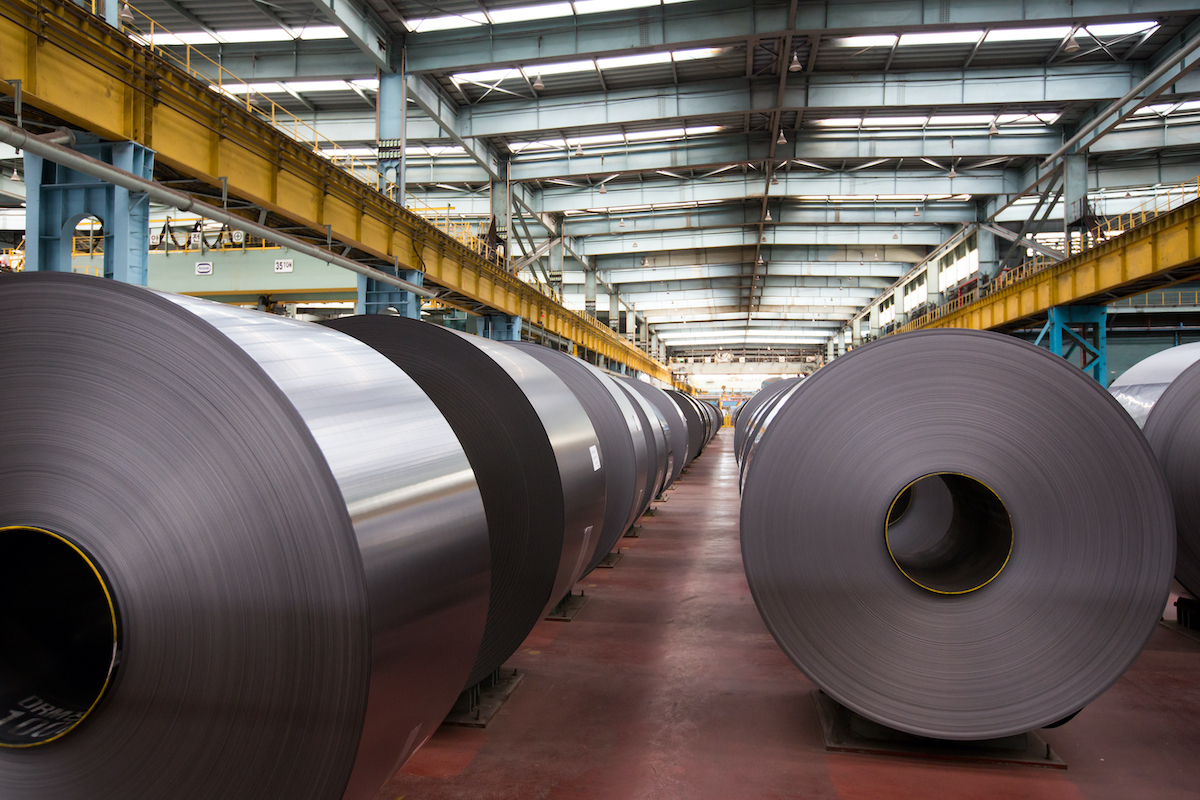Northwest Europe coil market observers believe mills are putting a break on output, in the legitimate interest of stabilising prices in a market of subdued demand and order activity.
The mills themselves are not very explicit about it. The market leader reduced working hours at the rolling mills of its two German works, but revealed the move only to regional media. Another German mill is refraining from restarting a blast furnace that was meant to be taken back into operation by mid-year. Temporary output interruptions are also being heard in Italy, France, Serbia, and Czech Republic.
“Producers are taking big efforts to seriously reduce output in order to bring back a balance of demand and supply to the market,” one Dutch source tells Kallanish. Looking back, he points out that “during and because of Covid, we had to cope with a back-and-forth of oversupply and shortage.” Russia’s attack on Ukraine then brought panic buying to the market, which “was absolutely unnecessary”, he observes. As it turned out, “the real demand was much lower than the mills foresaw in their budgets.”
A mill source points at high inventories at service centres and distributors. “Once they are in balance, we expect supply/demand to stabilise,” he says.
The working hours reduction at rolling mills could mainly benefit hot rolled coil derivatives. While HRC is seen at €800-850/tonne ($818-869), hot-dip galvanized coil has maintained values above €950. According to another mill source, HDG prices are supported by the increasing costs of natural gas, which is used in the production process. Cold rolled coil is still a good deal lower in price, starting at €910, but sources refrain from pinpointing the value more precisely.
Christian Koehl Germany






